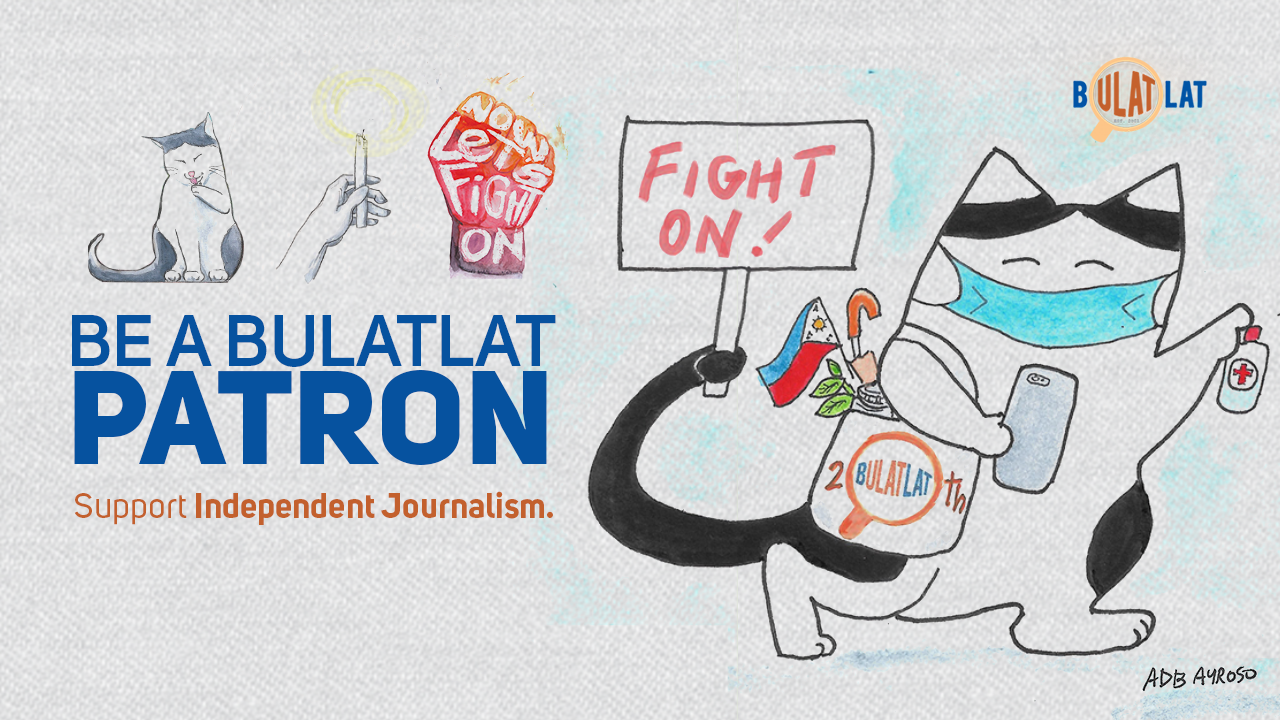
By MAVIC CONDE
Bulatlat.com
GUINOBATAN, Albay – For communities living around Mayon Volcano’s six-kilometer danger zone, evacuation is part of their life.
“We know what we are dealing with, so the sensible thing to do is [move] there,” Rowena Opeña told Bulatlat of what they would do if they had a permanent relocation site.
Opeña is one of the nearly 2,000 evacuees in a community college in Mauraro, an upland Barangay in Guinobatan town. Since June 8, the province has been on Alert Level 3, which means hazardous eruption is possible, causing the evacuation of 38,989 people or 10,112 families from 26 barangays within the province’s permanent and extended danger zones.
According to Opeña, they are still waiting and hoping that one day they will not have to evacuate to a school.
Albay Governor Grex Lagman was reported to have acknowledged the need for permanent resettlement in a recent public briefing due to the disturbance it causes to both people’s usual routines and government money.
The country’s annual budget for Disaster Risk Reduction and Management (DRRM) was not fully utilized, according to the Commission on Audit’s (COA’s) consolidated report from 2017 to 2021. From 2017 to 2019, only about 31 percent to 36 percent was used, and just 49 percent in the previous two years. The DRRM fund, however, cannot be used pre-disaster, which is crucial for proactive disaster management.


Apart from government assistance, people’s organizations such as Tarabang para sa Bicol Inc. (TABI) have also provided assistance to evacuees, including hot meals for those staying at the Guinobatan Community College.
Opeña cannot count how many times she has evacuated as a resident of Maninila, which is within the seven-kilometer expanded danger zone. There is also a gully that could risk their lives in the event of a flood or lahar.
“It’s either a typhoon or an eruption, or both,” she said, adding that because many of them are farmers, they can make a living in a permanent relocation site.
For Opeña, providing a permanent relocation for residents often affected by the Mayon Volcano will be better for them, particularly for a single mother like her who is also looking after her ailing father. “My father needs to [frequently] wash the wound on his feet.”
This, too, she said, will help the government have a more efficient system of providing them assistance, with residents still undergoing the process of profiling and verifying every time there is relief distribution.
The promise of providing them a more permanent relocation site is not new to Romeo Negrete, 78, an evacuee from Maninila together with her 65-year-old wife Sarbanda.
While he is in favor of being permanent relocated, Negrete said they should not be prevented from working in the danger zone area as they have been earning a living there by planting vegetables and coconuts for as long as they can remember.
“I moved here when I was 17 years old. We evacuated at Building 1 in town proper in 1978. Now that I’m 65, I’m used to it,” Sarbanda, who hailed from Sorsogon, told Bulatlat.
When Typhoon Rolly triggered a lahar flow in Guinobatan in 2020, five people were killed, three went missing, and 300 houses were buried. The Negretes were among those who were unable to evacuate. Sarbanda said their roofs were blown away, leaving them drenched, including her daughter, who had just then given birth.
According to the couple, they would have chosen to stay in Sorsogon now if the local government would still provide assistance to displaced residents who choose to stay somewhere equally safe while the volcano is in eruptive mode.
The couple had received P5,000 in cash aid, as did the other half of the family evacuees. They also received food relief assistance, and drinking and sanitation water are rationed every day. Health professionals are also assigned to the evacuation center. However, they must endure the heat.
“You cannot really stay inside because it’s so hot that even the electric fan cannot cool you down,” Sarbanda explained. They are staying in tents set up inside the premises’ buildings.

Erma Pelera Baron, 58, who is another evacuee from Maninila, said that the process for the identification of recipients of permanent relocation housing in Guinobatan is ongoing. The requirements being asked are a copy of the marriage certificate and their identification cards.
“We’re open to relocating if this is what our mayor wants. Our spouses can just return [for work],” she said.
The Citizens’ Disaster Response Center, in its June 21 situation report, said evacuees is in need of food, face masks, and hygiene kits. (JJE, RVO) ![]()


